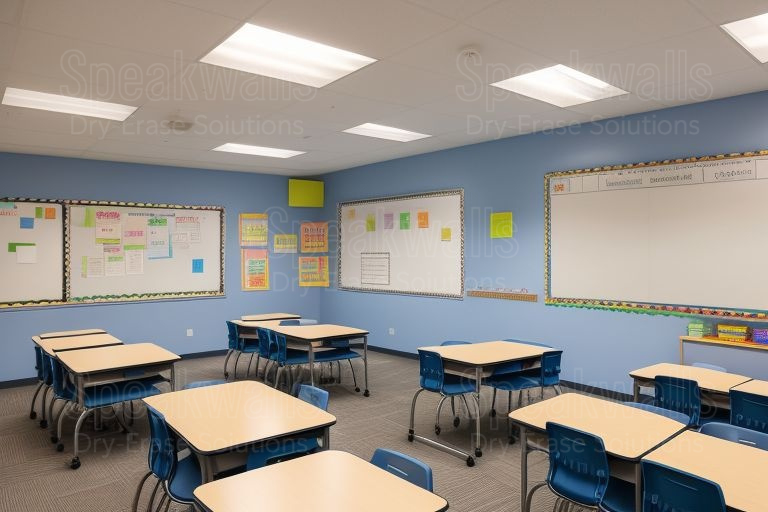The rise of AI in education has sparked a big question: can AI replace human teachers, or will they work together in a complementary way? While AI can offer some amazing benefits in the classroom, it’s unlikely to replace the crucial role of human teachers anytime soon.
AI excels in areas like personalized learning and data analysis. For example, AI can track a student’s progress in real-time, provide instant feedback, and adjust lessons based on their strengths and weaknesses. This can help students get the individualized attention they need, especially in large classrooms where one teacher might struggle to meet everyone’s needs. AI tools can also automate tasks like grading, freeing up time for teachers to focus on more meaningful interactions with their students.
But here’s the catch: AI may be great with data, but it can’t replace the human connection. Teachers don’t just teach—they mentor, encourage, and inspire. They notice when a student is struggling emotionally, offer support, and create an environment where students feel safe to ask questions and make mistakes. AI, for all its intelligence, doesn’t have the emotional awareness, empathy, or experience that a human teacher brings to the table.
In the end, AI and human teachers should work together, not compete. AI can handle the repetitive tasks and data analysis, while teachers focus on building relationships, encouraging creativity, and guiding students through their learning journey. It’s not about replacing teachers—it’s about enhancing the learning experience for everyone.
